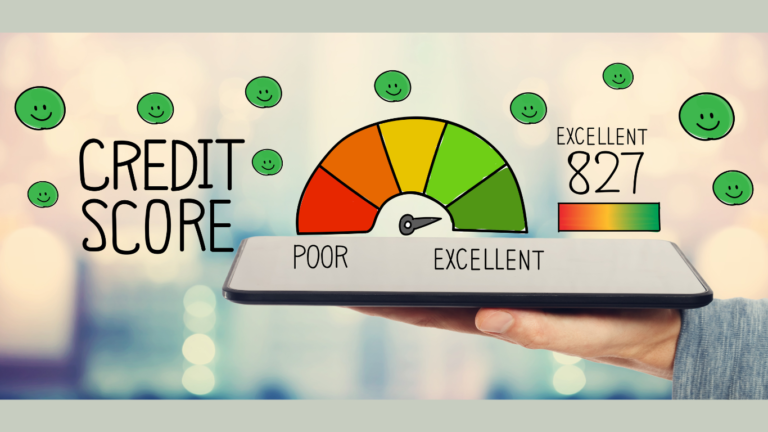In a world where credit cards offer enticing rewards, cashback, and exclusive perks, it might seem like the best credit cards should be within everyone’s reach. However, the reality is that access to the top credit cards often depends on factors you might not even realize. From credit score to income requirements and geographical limitations, there are several reasons why the best credit card may not be available to you.
1. Credit Score Requirements
One of the most common reasons why a credit card might be out of reach is your credit score. Lenders, especially for premium or top-tier credit cards, look at your credit history to determine whether you are a responsible borrower. Cards with higher rewards or luxurious perks often require excellent credit scores (typically 700 or above), meaning individuals with a fair or poor credit history may be excluded from the top offerings.
Credit score can be a crucial factor when you apply for a premium credit card, as a higher score signals that you are more likely to repay your balance and avoid defaults. If your credit score is lower than expected, you may have to work on improving it before applying for the best options available.
2. Income and Debt-to-Income Ratio
Many credit card issuers set a minimum income threshold, especially for high-end rewards cards. For example, luxury credit cards with large bonuses or high cashback offerings may require an annual income of $75,000 or more. If your income is below this threshold, even with a good credit score, you might not qualify for these cards.
Along with income, the issuer will often look at your debt-to-income ratio (DTI), which is the percentage of your income that goes toward paying off existing debts. A high DTI can indicate that you are financially overextended and might not be able to handle additional credit. As a result, even if you have a great credit score, high levels of debt could prevent you from qualifying for the most lucrative offers.
3. Age and History with Credit
Issuers also tend to favor applicants with a solid track record of managing credit. If you’re new to credit or just starting to build a credit history, you might find that your options are limited to entry-level cards, which often have fewer perks and lower rewards rates than their premium counterparts.
Additionally, being too young or inexperienced in managing credit can make it harder to qualify for cards with higher limits or better benefits. If you don’t have enough history to demonstrate that you can handle large credit lines responsibly, your application might be rejected or downgraded.
4. Location and Availability
Geographical limitations can also play a role in whether you’re eligible for the best credit cards. Some credit cards are only available to residents of certain countries or regions. For example, international credit cards or cards that offer benefits tied to specific countries may not be accessible if you are located in an area where the issuer doesn’t operate.
Moreover, certain premium cards may only be available in specific markets, meaning that even if you meet all the qualifications, they may not be offered in your area due to market strategy or regional banking laws.
5. Issuer’s Risk Assessment
Credit card issuers also perform their own risk assessments based on factors beyond credit score and income. For instance, they may take into account your recent application history, any recent changes in employment status, or even economic trends that might suggest instability in your financial situation. In such cases, even if you believe you meet the qualifications, an issuer might decide you’re too risky to approve for their top-tier credit card.
6. Promotional Offers vs. Long-Term Value
Lastly, many of the best credit cards on the market are offered with enticing promotional bonuses—such as sign-up bonuses, 0% introductory APR, or other temporary perks. These cards may be available for a limited time, and eligibility may depend on the specific promotional terms, which could include restrictions on who can apply.
It’s important to distinguish between cards that offer great short-term value and those that provide long-term rewards. Sometimes the “best” credit card may not be the most beneficial in the long run for your financial habits.
How to Increase Your Chances of Getting the Best Credit Card
If you’re determined to qualify for a premium credit card, there are a few strategies you can use to increase your chances:
- Check Your Credit Score: Understand your credit score and take steps to improve it if needed. Aim for a score of 700 or higher to increase your chances of approval.
- Pay Down Debt: Reducing existing debt will lower your debt-to-income ratio, making you more attractive to credit card issuers.
- Look for Cards That Fit Your Profile: Research cards that match your financial habits and goals. If you’re not quite ready for a premium card, consider starting with a card that offers rewards or cashback without requiring an extensive credit history.
- Keep Your Credit Utilization Low: Issuers look for responsible usage of existing credit, so try to keep your credit utilization below 30%.
- Stay Up-to-Date with Promotions: Watch for limited-time offers that might fit your needs and qualifications.









